
We’re back with more news about N++!
Before we get into that, we want to let you know that we (and N++!) will be at Playstation Experience (December 6-7, Booth # I31)! In addition to showing the game, we’re also hosting a panel where we’ll discuss the development of N++. See you there!
The question on everybody’s mind is probably “when the heck is N++ going to come out?!”, or possibly “what the heck is N++?” – for the answers to those questions and more, check out our devblog and tumblr.
For now, we’d like to announce that N++ will have a groundbreaking 1000 levels, and we’d like to tell you more about how they’re made. Settle in, this is a detailed process.

N++ is a game that lives and dies by its levels, so making great levels is one of the main things we are making sure we nail. We at Metanet Software have been hand-crafting levels for the N series for ten years now (!), and have made somewhere upwards of 5000 in that time, which is equivalent to more than one level made every single day for ten years. We started making levels for N++ in 2010, and have amassed about 2000 to refine for N++, which will likely become about 1000 in the final game after we cull the weaker ones. That’s a lot of levels! How do we know when there are enough levels in the game? Tough question. The simple answer is, we listen to our hearts :)
We really enjoy the process of making levels, and even though it’s safe to say we’re pretty good at it by now, we’re always learning: more recent levels tend to be a bit better, and older ones always get more interesting the more we work on them and revise. We have a particular style or design aesthetic, but it has grown and changed over time. Plus, we added new enemies just for N++, and we keep learning new ways to use them. Every time we go through the levels, we tweak them and change things, and that won’t really stop until the game ships! Here’s how we do it.
Making a good N++ level takes anywhere from five minutes to an hour, depending on the complexity of the level. We get inspiration from all sorts of places: from architecture and the shapes of the structures around us; from typography; from graphic design, print design, and images; and from thinking about level mechanisms or ideas for puzzles. Often we find new ideas while designing other levels (sometimes we get an idea for a branch or sister-level) and occasionally levels grow on their own as we start mindlessly sketching in the editor. You can either start building a level based on the aesthetics or the mechanics, but at some point during the process, they intertwine. The natural tendency is to always want to add more stuff, so a large part of level design comes down to knowing when to stop.

One of the best ways to summarize this game is:
N++: Tough but fair. But tough.
That’s one of the things we think about when designing the levels; another is the design of the game itself. Firstly, it’s a single-screen platformer, which is important for two main reasons:
- A single-screen level means players don’t have to make any leaps of faith where they can’t see what’s below them. That’s one of the things that we always find unfair in games; in N++, it would really be frustrating.
- It means players can plan their route through a level all at once, since they can see the whole thing on screen. The nature of N++ is that sometimes those plans don’t work out, but aspiring ninjas have split seconds to think on their feet and try to find a solution to the problem of impending death.
Second, it’s a very acrobatic game, where your momentum and inertia allow precise control of the ninja, and allow you to pull off a variety of interesting moves purely based on your speed and agility. Because it’s so engaging to move quickly and fluidly through levels, we often design them around that movement, thinking about the many ways players might move through a space, and peppering their journey with challenges. We like to make levels more open and expansive to give people plenty of options and ways to express their own play style, but sometimes we make levels very cramped to give things a claustrophobic feel and test your skills.
Actually, that’s why we’ve added viewable replays to all of the highscores in N++ – it’s really interesting to watch different people play and see how the choices they’ve made are different from the ones you might make. Sometimes all the replays are the same basic path, until someone discovers a new or faster way through the level – when you’ve been watching for a while, those moments are incredibly cool to see. Each level serves a different purpose (or combination of purposes), and designing great levels means we need to understand the variety of reasons people are playing, from the people who are just learning, to the people who are playing to get highscores or speed runs, to people playing at a party, or those playing competitively. Making the experience enjoyable for everyone is not an easy task, but it can be pretty rewarding when we get it right.

Up to this point, we’ve covered how we make levels, but that’s only half the battle: the next step is organizing them into episodes and ordering them for the game. Let’s break that down.
When we’re finished creating levels, we rigorously test them. As we play, we pay attention to difficulty and to what we call quality. There’s a “specialness” about some levels – it may be a unique level mechanic, a captivating drone pattern, or a really fun jump – some levels just have a little something extra about them. Contrary to what you might think, not every level should be “special”: that would be overwhelming – levels lose what makes them special when they are not at least somewhat rare. Sometimes a well-placed calm level can make the following level feel even more intense, or alternately can give you a brief moment of respite. Every double act needs a “straight person”, which in N++’s case is solid skill-builders or quick little jaunts – simple, but as always, aesthetically pleasing, well-oiled machines designed to kill ninjas.
We rate the difficulty of every level as we review them, noting changes that need to be made or tweaks that would make a level easier or harder depending on what is lacking (ok let’s be honest, we almost never need to make a level harder! Most of them are already pretty hard), and re-rating after every substantial change. We have an 8-level scale to measure the difficulty of any level:
When they’re all rated, they’re ready to be organized into the Episode Grid.
We start by organizing sets of 5 levels into an episode that feels both balanced and dynamic. We put a few each of “special” and standard levels, and a few difficulties – an easy episode is not simply 5 easy levels, but 3 easy, 1 easy-medium and maybe 1 medium just to keep things interesting and provide a bit of a dramatic arc: N++ is about skill-building, and we want players to relish the journey. Episodes are ~5 minute challenges, so they’re like a little snack — and while we’re on that food metaphor, each level is like a different flavour (eg salty, sweet, umami, sour) that combines with the others to make the perfect bite.
Then we organize episodes into a grid of columns and rows, getting gradually more difficult diagonally down-right in the grid. We play through several times to tweak the order of each column and try to make sure there aren’t many huge spikes in difficulty.
We’ve had the chance to watch a bunch of people of varying skill levels play N++ in the past year, and we’ve absorbed a lot about how people play and how people learn. One thing that is not obvious at first is that every person’s experience, skill level and play style is completely different.
As we’ve discussed, N++ is a very performative game — each player has the opportunity to show their skills in their own personalized way — and this is part of what makes watching people, and watching replays, really interesting. For example, some people can lead a rocket around until the end of time, but some find them terrifyingly difficult. Some people are aces at bounceblocks, leaping around levels like an acrobat, and some use them for the task at hand and leave it at that. Some people enjoy taking the long route, and some prefer taking a short but risky path. And along all of those journeys, the particular flow of acceleration and deceleration, jumps and landings, lives and deaths is unique and nuanced. Each ninja is an individual, an avatar reflecting its player and their unique personality. It’s beautiful.
“Each ninja is an individual, an avatar reflecting its player and their unique personality.”
But that same beauty makes organizing levels into an order that is the same for all players incredibly difficult, if not impossible, because of the various ways players’ skills take shape. If you personally find chaingun drones impossible, you’re going to hit a spike that someone else won’t. Our main goal is to make every N++ player feel they’ve gotten their money’s worth regardless of their skill level, so this is the purpose of organizing levels in a grid instead of a line – if a level is too difficult, you can move over to the next column and try a new one, and you can always go back and try again later. N++ has 5 rows and 20 columns of episodes (sets of 5 levels), so at any given time there are 20 episodes unlocked for players to try (a respectable 20% of all episodes). As you play, you unlock the episode below the one you’ve just finished – but you don’t have to play them top to bottom and left to right, you can start at any unlocked episode and jump around the grid as you please.
Why are any episodes locked at all, you ask? N++ is a delicate balance of frustration and satisfaction: if the levels are too easy, you don’t get a feeling of accomplishment from beating them. They need to be just difficult enough, the progression just deadly enough to keep you coming back for just one more try, instead of throwing your controller at your tv in a murderous rage. Our principal goal as level designers is to make you, the player, feel that you got this – and if it’s slightly beyond your skills, to know that you can get there. The game world needs to feel fair and predictable, and you need to know that if you screw up, it’s your fault. Sounds harsh, but that’s where the satisfaction comes in as well: when you beat that level that you’ve been stuck on, you get a surge of pride because you know it was your own skill that made that victory possible. It’s all about you. So if the game’s levels are too hard, your skills feel futile, the game feels unfair, and any fun you were having is overwhelmed by your frustration. It’s a fine line for us to walk.
That’s why we made the call to restrict access to some levels until you’ve earned your way to them – we don’t want you to feel too frustrated, too soon. We know N++ is a game that is not everyone’s cup of tea, but we want to make sure we don’t alienate people too early.
We’ve been talking generally about level design, but let’s briefly examine how that changes with each game mode. As you can imagine, each game mode in N++ has slightly different requirements of its levels. At a basic level, multiplayer levels need to be able to accommodate more than one player, and ideally in an interesting or unusual way compared to single player. This is one of the things that has kept level design interesting to us, even after ten years and 5000 levels – there is a lot of new ground in multiplayer. It’s refreshing!
Single-Player:
These highly varied levels often showcase one element or type of move, highlighting it as a tool aspiring ninjas can use. Later levels may combine elements for a series of challenges.
The overall undercurrent of these levels is about developing one’s skills, perception of one’s mistakes, and the knowledge that the road to victory is paved with “just one more try”s.
Co-op:
These levels are generally harder, since you’re a team, and tend to be more adventure themed – they are sprawling, have multiple enemies, and multiple rooms/locations. They are designed for two players, and can be played with up to 4 players, but only one player needs to hit the exit alive to win the level — and sometimes one player must sacrifice themselves for the greater good of the team. (LIFE LESSON.) Levels are built so that either each player has specific job only they can do, or any player can do any job. This encourages you to plan together and solve the puzzles together, divvying up tasks depending on your skills.
The overall undercurrent is about the value of the team, and working together to succeed.
Race:
These levels are more linear than the others, so the playing field is even, and it comes down to skill…And sometimes luck. They’re highly competitive, and are playable by a whole range of skill-levels. As we developed the rules, we discovered that making the player become a rocket when they win so they can go back and kill the remaining ninjas was so fun and strategic, we made it a staple and have recently revised a lot of Race levels to add rocket windows or rocket turning space near the exit.
Also interesting to note, Race levels usually assume a few lives will be spent retrying, and there are sometimes persistent effects across those lives. The level may get easier, if you die and explode a bunch of mines, clearing the path for your (or your competition’s) next life. Or it may get harder, if you lead a chase drone over to the spawn point, or turn a bunch of toggle mines on, ready and waiting to kill you next time. Racing requires some thought about potential outcomes, both as a player and as a level designer.
The overall undercurrent of these levels is learning sneaky ways to use the elements of the level against your opponents and win the race.
Userlevels:
Levels designed by players are historically very different than those made by Metanet. The most common usually require very tight control and precision, and are firmly about aesthetics only as secondary to the challenge. These are levels built by and for an elite niche of the ultra-skilled. Watching replays of people succeeding on these levels is really amazing.
But there is a fantastic range of ideas and looks, and since levels are built by people with a variety of skills, a range of difficulties as well. In N, there were a lot of “art” levels too: designed purely for aesthetics and not really playable, people created pixel art masterpieces using the enemies and objects of the game world. These levels are usually very detailed and quite beautiful.
As another example, N player andymac has been creating functional calculators inside N, using only the in-game entities! Click here to try them out:
www.thewayoftheninja.org/nv2.html?l=10183
www.thewayoftheninja.org/nv2.html?l=111986
www.thewayoftheninja.org/nv2.html?l=10592
And see this post for more detail on how they work.
We hope people continue the trend of ultra-creative levels in N++!
Segue! That brings us to the big news: yes, there will be a level editor included in N++! If the above post intrigued you, good news: you’ll be able to try your hand at making your own levels, customized to exactly your likes and dislikes. Metanet will be hosting servers so you can share your levels globally with other N++ players, as well as download and play new levels. N++ just got infinite levels!
And that about wraps it up for now. Come say hi and try some of the levels we’ve made at the PlayStation Experience this weekend!



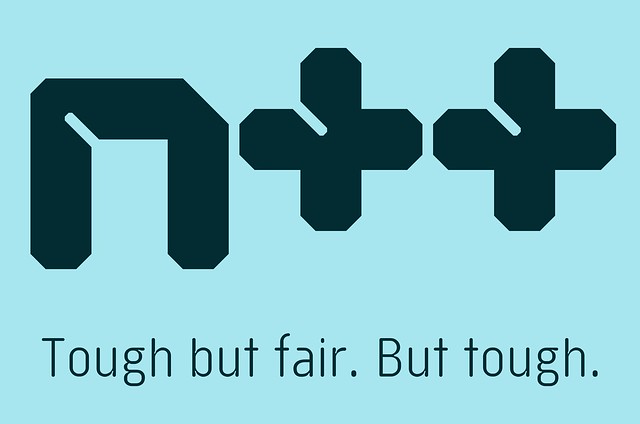

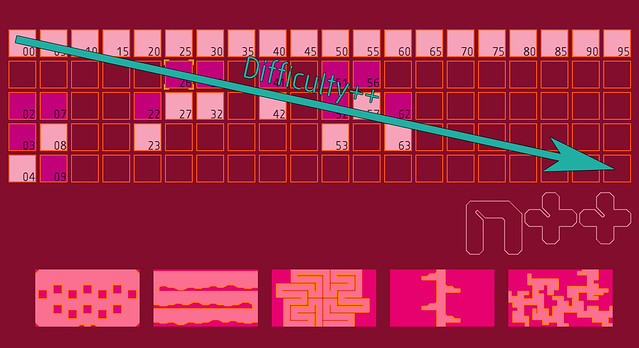
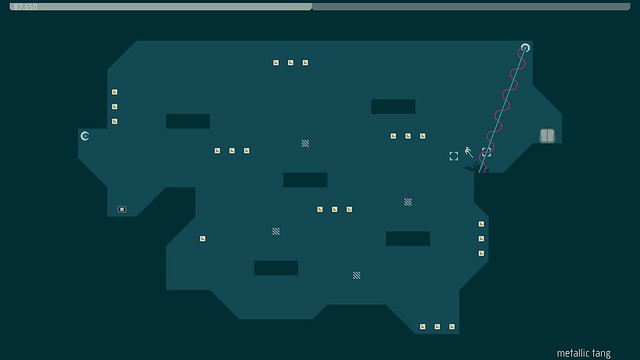
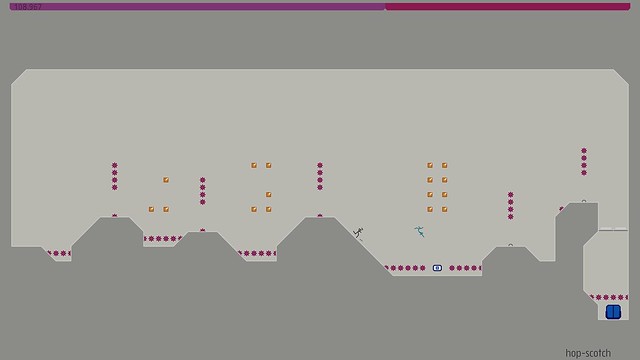
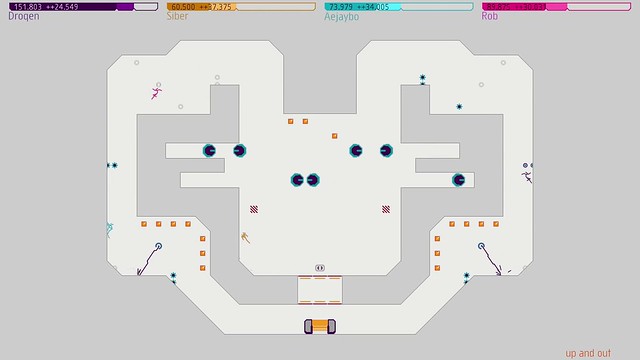



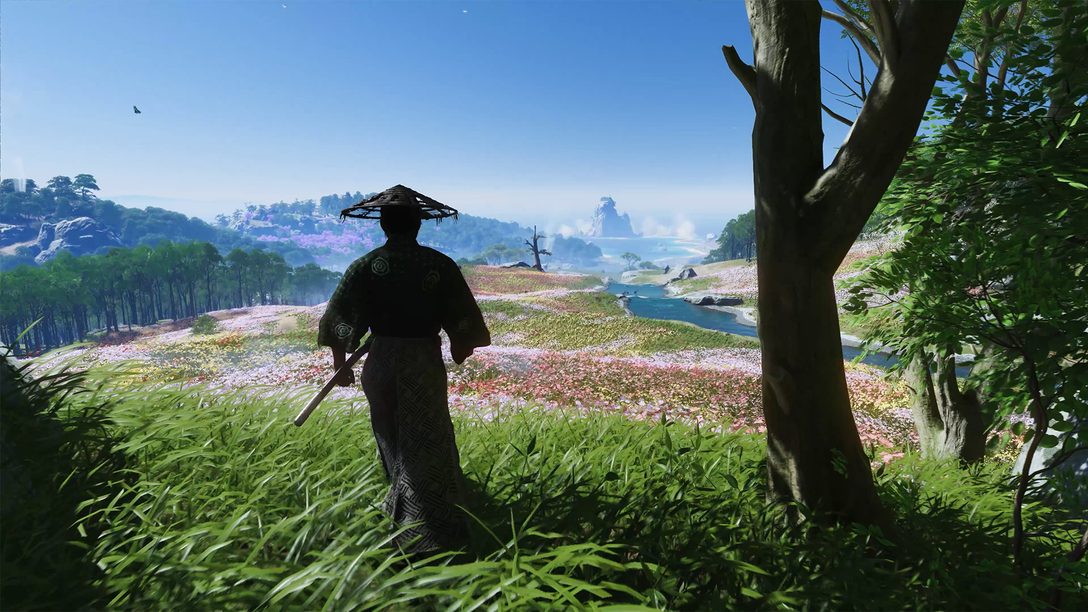
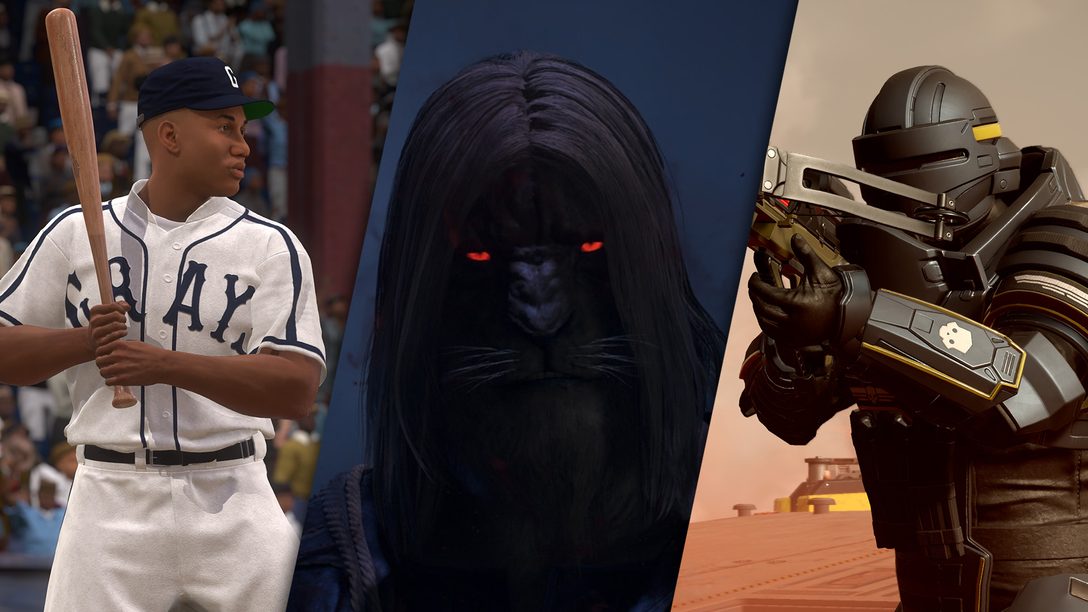




I love N and N+. Play N on my computer here and there, bought every version of N+ (Xbox, DS, PSP) and beat them all.
Can’t WAIT for N++. One of the reasons why I bought a PS4.
Wow, thank you so much, that is incredibly cool to hear. You won’t be disappointed, it’s going to be great. Which you’ll hopefully be able to see for yourself soon!